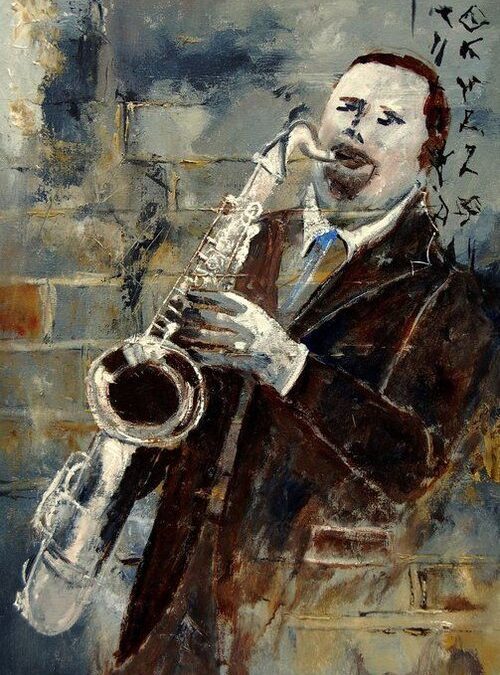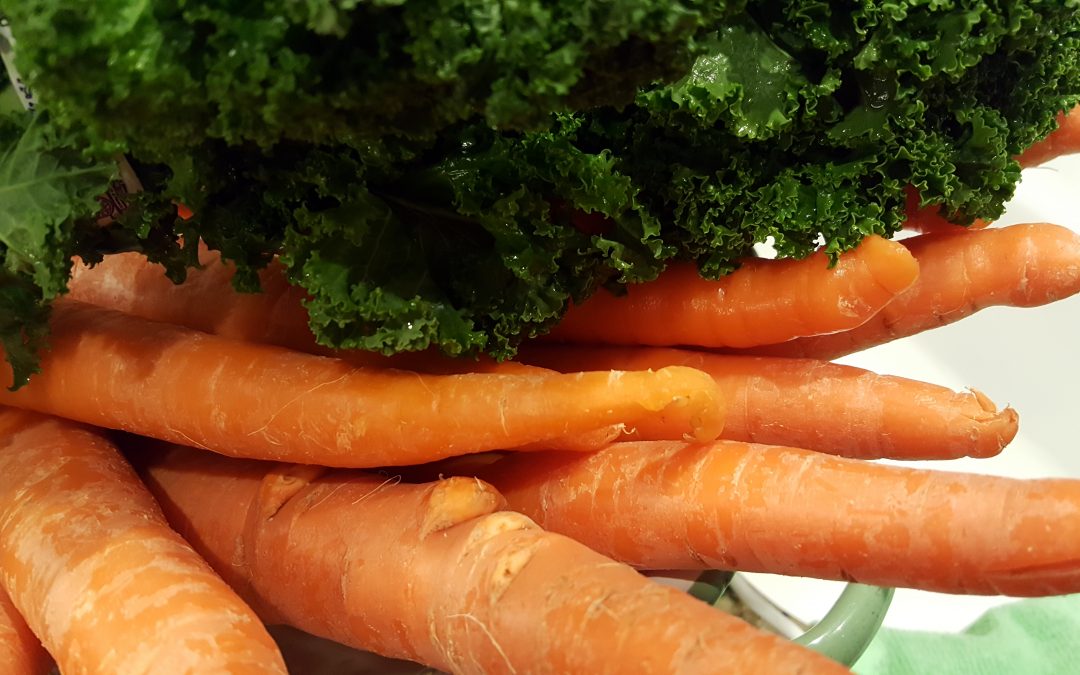
by HF Mystery Writer | Mar 17, 2021 | Indie Author Blog
The Road to Mastery
The smooth syncopated sounds from the saxophone section grabbed my attention with the force of a hammer blow to the temple. Tuxedo Junction played on the juke box. I couldn’t get enough. I used every quarter I had to feed the music machine and searched for change of my few dollar bills.
At twelve years old, the old sounds of the forties and fifties were unknown to me until this moment. At ten, I knew and loved every rock and roll tune that came out. Little Richard’s Tutti Frutti propelled me to buy my first 45 rpm record. Johnny Horton’s Battle of New Orleans followed. Then I heard my all-time favorite, Fats Domino, and his classics, Blueberry Hill and I’m Walkin’.
The rock songs catered to my unsophisticated music appreciation. Glen Miller’s Tuxedo Junction moved me in a different way. The beauty of harmony in sound and the restrained power of the tempo held me, and I didn’t want to let go.
My obsession with the tenor saxophone began. I wanted to play like them. The motivation was strong, sincere, and honest.
I had my previous encounters with piano lessons and tap dancing—both at the direction of my mother. She loved the piano and wanted me to love it too. The problem was I liked the piano, enough to give it a go for three years, but not enough to overcome my desire to be with friends after school, at the expense of practicing. The piano teacher, Mrs.
Glassel, let me know in no uncertain terms by her continuous sighing during our weekly lesson that the end was near.
The tap dancing was different. My mother wanted me to acquire social grace. I became light on my feet and could produce a passable time step when called upon. The venture lasted until the big recital. After the finale, I gave up my Capezios.
The saxophone was different. My mother didn’t ask me to play the instrument. I brought the idea to her. “We’ve spent enough on lessons.” She had a point about the money but missed the point about desire. So I talked with my father. He seemed to understand, and he liked the big band music. “Okay, Howard. If you earn the money for a saxophone, we’ll pay for the lessons.”
I had a chance to quench my yearning. The steam laundry in town needed someone to sweep the two-story building at the end of the work day. Dust and lint buildup posed a fire hazard. My job entailed throwing green-colored powder on the floor and sweeping it up with the lint and dust in it. I lost five pounds every night in the hot building. The thought of the saxophone drove me on. At summer’s end, I earned one-hundred fifty dollars—enough to buy a used saxophone. My father found one in a pawn shop and brought it home.
A man named Ray Sciarra lived in my Catskill Mountain town. He delivered the mail to rural post boxes and gave music lessons. A big band musician who gave up touring to start a family, he played the alto saxophone and clarinet. When I first met him, he wanted me to hear a professional sound. The music floating out from that alto sax was marvelous. This man could take me where I wanted to go.
Whatever he told me, I wanted to do. He knew the secrets I wanted to learn. I practiced continuously. As I progressed, he invited me, on occasion, to join his four-piece band that played at firemen’s suppers, fundraisers for the volunteer departments.
During one afternoon lesson, Ray opened the Glen Miller songbook to April in Paris. “Howard, I want you to take the lead.”
Past puberty, I understood the romantic feeling the song embodied and what the words would mean to someone in love. I summoned the emotion and moved it through the horn.
When we finished, Ray paused and looked at me. “Howard, I couldn’t have played that better myself.”
That moment has stayed with me to this day. A man I respected and admired, a professional musician at the top of his artistry told me I performed at his level. For three-and-a-half minutes, I attained mastery.
Ray not only taught me to play the tenor saxophone, he gave me a lesson in how to succeed. Although he is long gone from this earth, he still lives in my memory and heart. God bless you, Ray.

by HF Mystery Writer | Mar 1, 2021 | Craft of Writing
Home Brewed
For the mere price of one dollar, how could anyone pass up a used book with such an enticing title? For a money-challenged graduate student, How to Make Cheap Wine was a roadmap to a continuous flow of low-cost nectar of the gods. How hard could it be? After all, Neolithic man made wine, without the aid of a recipe from a second-hand book. With a little study and preparation, I might be able to produce the same results as illiterate, ancient cave-dwellers.
I read the book twice. A “C” in high school chemistry reinforced the need for a careful understanding of the process. By the end of the second reading, I had convinced myself that this wine-making stuff paled in comparison to understanding Avogadro’s number, a method for measuring the number of molecules in gases. Why would this Avogadro guy care about knowing that anyway? He lived in Turin, Italy, one of the great wine-making regions of the world. His time would’ve been better spent drinking a Barolo or an Asti instead of messing with the heads of high school chemistry students. As they say, there’s no accounting for taste.
The first part of my plan focused on assessing the cost of the project. Although suffering from eternal optimism, I wasn’t naïve. The book listed a variety of fruits and vegetables from which one could make wine. Grapes were one of many choices. That was a red flag. Better check the price of grapes.
A trip to the Grand Central Market in downtown Los Angeles proved a sobering experience. With book in hand, I reviewed the recipe for grape wine and checked the price of grapes. The quantity I needed raised the cost above what my meager budget could spare.
I made my way through the market, flipping through the recipes and making notes on the cost of a variety of fruit. The lowly lemon, a final choice far removed from my hopeful expectations, had one overriding, winning quality—a nickel a pound price tag.
Water, sugar, and yeast came from my kitchen cupboard. I invested in a new plastic bucket and a piece of cheesecloth. I was ready to launch.
The initial stage required squeezing the lemons, combining the juice with water and sugar and simmering on the range top. When the liquid reached the optimum temperature for yeast to grow, I added the granules, stirred, and poured the mixture into the plastic bucket, covering it with the cheesecloth.
The bubbling, frothy brew required several weeks to calm down. The smell of yeast and alcohol permeated the apartment.
The next step, secondary fermentation, called for a one-gallon glass container with a narrow neck, like an empty water jug. No problem. I had one.
A picture in the book showed a device called a fermentation lock. It looked like it could have been plucked from Dr. Frankenstein’s laboratory. An accompanying explanation described how the convoluted plastic tube allowed carbon dioxide to escape from the container while blocking entry to unwanted microbes that would ruin the wine. One end of the tube fit through a rubber stopper inserted in the jug’s top. The other end had a small reservoir for water. Gas bubbles pushed their way through a water barrier on the way out, but microbes weren’t able to get in. Ingenious!
I poured the yellow liquid into the jug, leaving sediment behind, and then affixed the fermentation lock.
Now, the hardest part began—waiting six months. Although tempted to sample the wine before then, deferred gratification prevailed over impatience.
When the day for tasting came, I called my brother-in-law, Bob, who lived a few blocks away. A fun-loving guy who was up for almost anything, he happily volunteered to judge the product.
I set two shot-glasses on the living room coffee table. When he arrived, I removed the fermentation lock from the gallon jug. The strong odor of alcohol assaulted our noses. This wine could be high octane. Since the container’s size made it unwieldy, I poured a pint into a smaller bottle before filling the glasses.
“Ready?”
Bob already had his hand around the glass, lifting it to his lips. “Wow! It tastes like lemon.”
“Do you think it’s too strong?”
“I’m not sure. I’ll take another taste.” He finished off the glassful.
I drank half-a-glass. My body felt the immediate effect of the alcohol. “I think we should stop, Bob. I’ll put the rest back in the jug and let it develop for another six months.”
“I’ll take another shot.”
“That may not be a good idea.”
He held up the empty glass.
“Okay. I’m glad you’re walking home.”
He finished his second round and left.
Fifteen minutes later, my sister called. “What did you do to my husband?”
“He only had two shot glasses of my new lemon wine.”
The explanation failed to soothe her irritation.
I replaced the fermentation lock and let the brew sit for another six months. The wine mellowed and assumed the character of a cordial with a vibrant lemon flavor. At the end of one year, the spirits were fit for polite society.
The outcome of the great lemon wine experiment didn’t dampen my enthusiasm for home production. I found joy in using anything but grapes.
In my second effort, I used grapefruit which, when squeezed, produced an abundant amount of juice. However, I discovered that the unusual flavor wasn’t well-received when offered to guests. “You have to develop a taste for it,” I said. “It appeals to the sophisticated palate.”
For my third batch, I used carrots. You need to juice a lot of carrots
to make a modest amount of wine. What intrigued me about the recipe was the addition of wheat midway through the fermentation. The grain fortified the wine, creating a marvelous beverage.
When I set the wine out for guests, I asked them to taste it and tell me what they thought it was. They said it was sherry, a very good sherry.
Gleefully, I said, “It’s carrot!”
“You’re kidding,” was the universal response.
“I’m not. It’s carrot fortified with wheat.”
Oh, what a feeling. I had produced a wine equal in flavor to a fine sherry coming from the fields of Jerez, Spain, wines having a three- thousand-year-old tradition. I was at the peak of my wine-making glory, fit to be mentioned in the same breath as Ernest and Julio Gallo.
The lesson was clear: even a graduate student who could only afford inexpensive produce, a plastic pail, and a water jug―someone who received a “C” in high school chemistry―can rise above his station to compare with the giants of the winemaking world. Hallelujah! Life can be so wonderful.


